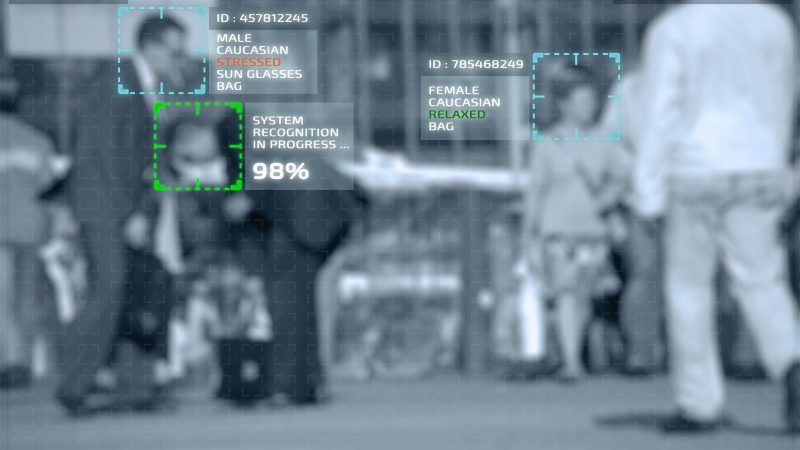The New York Times Built a Functioning Private Facial Recognition System
Should you be worried?

China's Skynet and Sharp Eyes projects aim to comprehensively surveil China's 1.4 billion people by 2020 through a network of 626 million video cameras stationed in public spaces monitored using facial recognition technologies optimized via artificial intelligence. These vast video surveillance systems will help enforce the Chinese government's social credit system that awards points to citizens who behave and docks those who commit crimes, fail to pay bills, or criticize the communist regime. Folks who get put on the government's "List of Untrustworthy Persons" due to their low scores are forbidden from purchasing such items as high-speed rail and air tickets or hotel rooms, among other punishments. Five million people have been barred from high-speed trains and 17 million from flights under the scheme, according to Time magazine.
Although it is hard to gauge real public sentiment in authoritarian China, there is some evidence that many Chinese citizens feel safer knowing that Big Brother is watching over them. On the other hand, The New York Times reports in an article published as part of its superb Privacy Project that the Chinese government has built out a video surveillance system designed to ethnically profile and track millions of its restive Uighur citizens. This is possible because Central Asian Uighurs in general look somewhat differently from China's majority Han population.
"The facial recognition technology, which is integrated into China's rapidly expanding networks of surveillance cameras, looks exclusively for Uighurs based on their appearance and keeps records of their comings and goings for search and review," reports the Times. "The practice makes China a pioneer in applying next-generation technology to watch its people, potentially ushering in a new era of automated racism."
Clare Garvie, an associate at the Center on Privacy and Technology at Georgetown Law told the Times,"If you make a technology that can classify people by an ethnicity, someone will use it to repress that ethnicity."
To see how effective facial recognition video surveillance might be in the United States, the Times ran a test using off-the-shelf Amazon facial recognition technology to filter images captured from video cameras located in Bryant Park behind the New York Public Library's main branch. The Times ran the Bryant Park images through a database it built using public photos of people who work in the area. The result:
Our system detected 2,750 faces from a nine-hour period (not necessarily unique people, since a person could be captured in multiple frames). It returned several possible identifications, including one frame matched to a head shot of Richard Madonna, a professor at the SUNY College of Optometry, with an 89 percent similarity score. The total cost: about $60.

As government and private face databases expand and real time video detection accuracy improves, the cost of tracking us will fall ever lower. The Times notes that New York city police have access to 9,000 camera feeds in lower Manhattan alone. Jennifer Lynch, surveillance litigation director at the Electronic Frontier Foundation, told the Times that because of how quickly the technology has advanced, she would now support a wholesale ban on government use of facial recognition.
In the Times' article detailing how the Chinese government uses facial recognition to monitor the Uighurs, MIT artificial intelligence researcher Jonathan Frankle warned, "I don't think it's overblown to treat this as an existential threat to democracy. Once a country adopts a model in this heavy authoritarian mode, it's using data to enforce thought and rules in a much more deep-seated fashion than might have been achievable 70 years ago in the Soviet Union. To that extent, this is an urgent crisis we are slowly sleepwalking our way into."
Yes it is.
Show Comments (22)